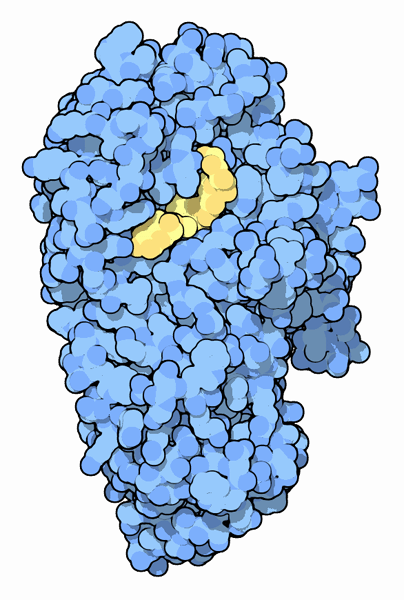
DIVING DEEPER INTO THE PROBLEM
A town located in the north western district of the DRC, called Ewo, obtain water from local streams and ponds.
One local man, named Romuald Onanga, who gets his water from those streams said, "We've become used to drinking spring water because it is natural. It is not often associated with chemicals" (IRIN News).
"It has become common and usual here that we drink water from wells and springs,” Gustave Kamissoko, a Congolese man resident in Ewo town, told IDN.
However, what Onanga and others do not realize is that many of the streams they get their water from are contaminated with waste, chemicals, or bacteria
Furthermore, due to what has been called “Africa's First World War”, water became an increasingly sparse resource due to the collapse of the DRC's infrastructure during the fighting.
In fact, a study carried out by the IRC found that since the war, most Congolese have not died from violence, but rather from malaria, diarrhoea and malnutrition, all problems associated with the lack of water.

THE MAIN SOURCE OF THE PROBLEM
Vibrio cholera is a Gram negative bacteria that is shaped like a comma. It has a single polar flagellum, which helps the bacteria move. However when the stationary phase begins, the cholera toxin is produced and when it enters the intestine, mucus production increases causing nausea, vomiting and severe diarrhea. This bacteria disguises itself as a biofilm in the water pipes and due to this, nitrates can manifest threatening humans to infectious diseases.

OFFERING BETTER SOLUTIONS TO THE PROBLEM

Nitrate reductase

α-amylase enzyme
Bacillus subtilis (B. subtilis), a kind of Gram-positive bacteria that possesses multiple enzyme systems containing the α-amylase enzyme which proves to be an antibiofilm agent against the biofilms of Vibrio cholerae (V. cholerae), commonly found in old, rusty decaying pipes, Could be useful in the inhibition, the enzyme is useful in the degradation of preformed mature biofilm disrupting the exopolysaccharide (EPS), an essential component in biofilm architecture. Bacillus subtilis (B. subtilis) also produces “Nitrate reductase” which could effectively remove nitrate from water and convert nitrate to ammonia and nitrogen.
Therefore, We could utilize these two enzymes produced by Bacillus subtilis to inhibit and eliminate these two major harmful substances by editing the genes to cut off the gene fragments of the two enzymes produced by Bacillus subtilis, edit them into the DNA of the nucleus of E. coli (found in the human body) and program the E. coli to only produces these two specific enzymes.

a new innovative pursuit to purify water
To implement the E. coli into the water system, we developed a water tower powered with solar energy to house these bacteria and automatically disperse it into the contaminated water. As the contaminated water is collected into the tower, it passes through a chamber that houses the bacteria (E. coli) where the purifying process begins. The E.coli disperses the α-amylase enzyme and the “Nitrate reductase” effectively remove nitrate and Vibrio cholerae from water. With the water purified of nitrate with the E. coli bacteria, it then passes through the GraphAir membrane developed by CSIRO to truly purify the water from any bacteria or pollutant the bacteria might have missed and finally, the purified water is then stored inside the tower which will be transported around the village, providing clean water to the masses.
Furthermore, not only does this modified bacteria allows us to purify water but due to it containing the α-amylase enzyme , it could be utilize to clear out any biofilms within the pipes, therefore, renewing the current pipes and minimizing the amount of new pipes having to be installed by only constructing new pipes to transport water to the village. Therefore, cutting the cost to manufacture this system.



